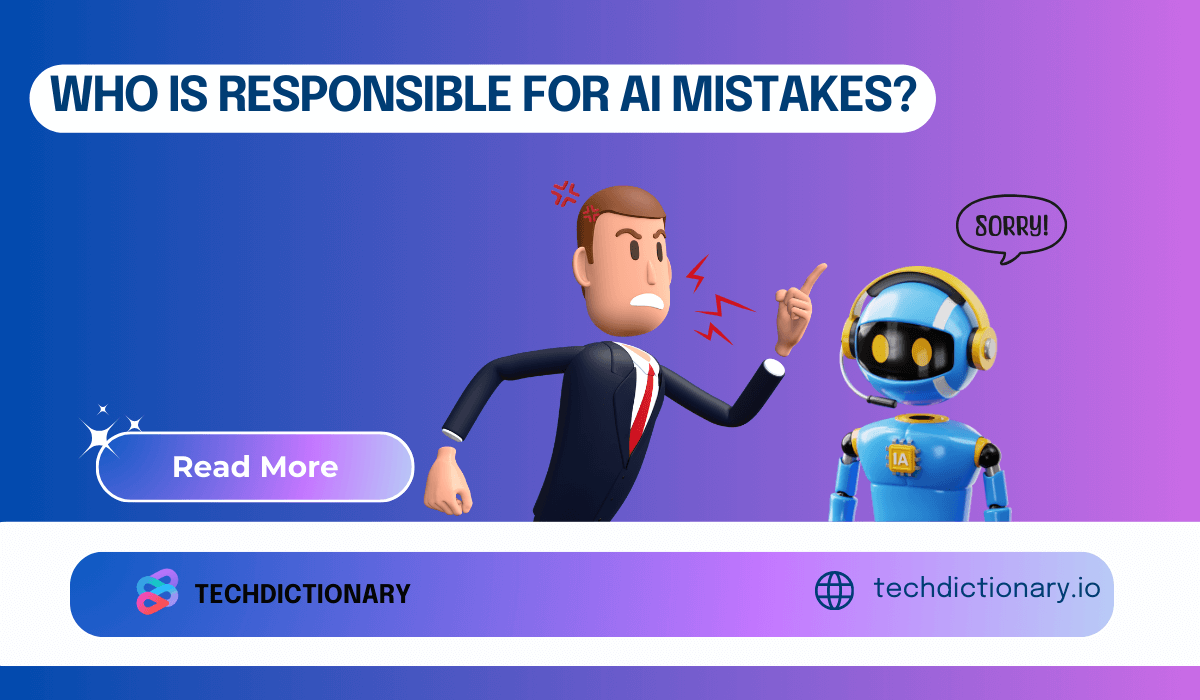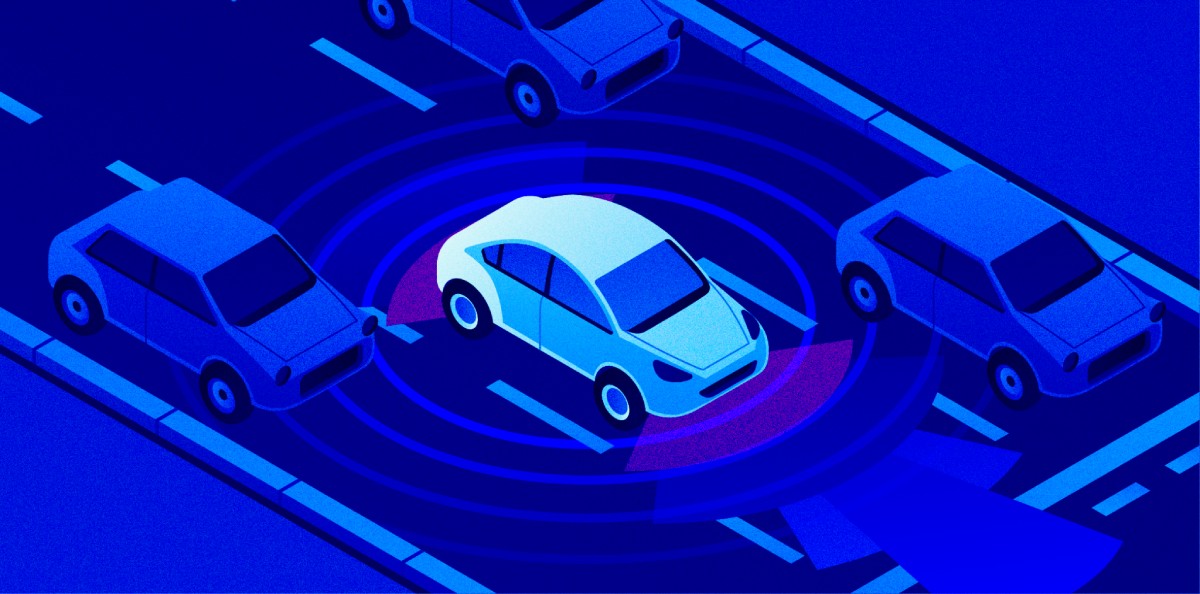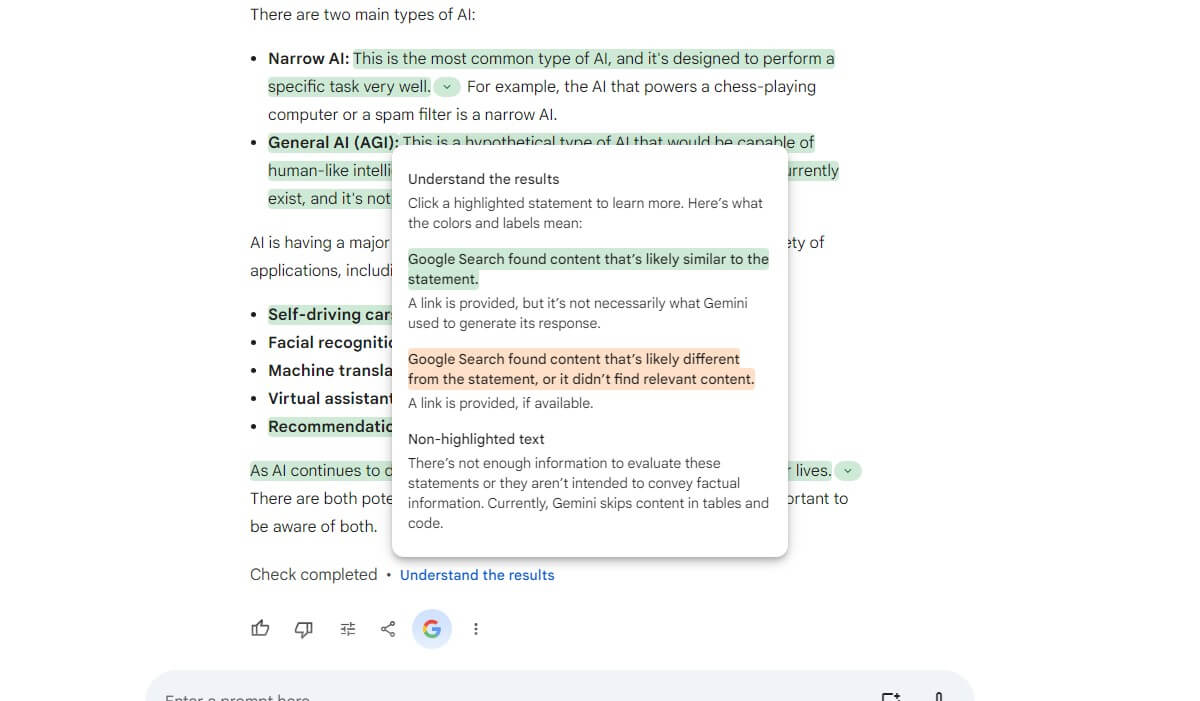
Imagine you’re using a cool new AI tool at work to make a job go faster. All of a sudden, the AI gives a suggestion that doesn’t seem right. It might even be a little risky. Now, who is responsible for AI mistakes?
It’s not easy to give a simple answer in the field of AI. Here at TechDictionary.io, we’re all about making AI knowledge accessible.
Let’s dive deeper into the complexities of AI accountability and explore who is liable when AI makes mistakes.
Imagine an AI system for loan approval incorrectly rejecting a qualified applicant or a self-driving car mistaking a pedestrian for a streetlamp. AI can make mistakes for many reasons:
Who’s accountable when it goes wrong? AI isn’t just one person’s show. So when AI goes wrong, the accountability falls on the group that created and utilized the AI. Let’s break it down with us:
Another question you may consider here is: If AI is not accountable for its mistakes what is its generation-like content? Who owns AI-generated content?
A 2016 incident involving a chatbot experiment by Microsoft on Twitter underscores this point. After learning from how people used it, the chatbot applied racist and insulting words. This instance shows how important it is to think about how AI might affect society when it is being developed and used.

Scenarios Of Ai Accountability
According to the Atlantic News, an autonomous vehicle’s failure to recognize a stop sign led to a fatal accident. The investigation found problems with the vehicle’s awareness systems and brought up concerns about who should be responsible for the work of the developers and the need for strict testing and supervision.
These examples showcase why clear lines of accountability are essential.
It might be hard to figure out who is liable when AI makes mistakes. The complicated nature of AI might not be fully covered by the laws that are in place now. Vicarious liability is one possible answer that is being thought about. This means that the person or group using the AI could be held responsible when AI goes wrong.
The great news is that there are ways to stop and reduce AI mistakes. Best practices include teaching AI with a variety of high-quality data sets, using strong testing methods, and keeping an eye on its performance all the time. Here are some tips for picking trustworthy AI tools:

Maybe you are interested:
10 Best AI Paraphrasing Tools in 2024
Does Turnitin Detect Undetectable.ai?
Does Turnitin Detect StealthWriter?
The question of who is responsible for AI mistakes is something other than what we can point a finger at directly. It entails a common task to be undertaken by developers, suppliers, authorities, and you: users. We can ensure that AI continues to help people while avoiding any negative effects by collaborating and putting safety and ethical rights first.
Stay tuned to TechDictionary as we delve deeper into the fascinating world of AI and explore its potential and limitations!

